There’s more to travel than just your daily commute or your summer holiday. Travelling can evoke strong emotions and associations, whether that be through immersing yourself in a new culture and finding out how other people live or through discovering an unexpected gem of the natural world.
Travel can help you better understand yourself as well as the world around you!
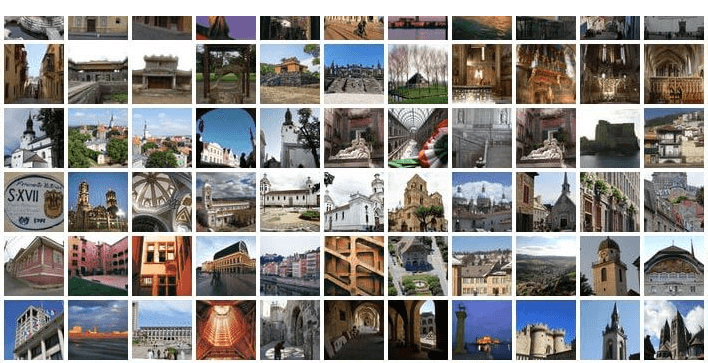 Just a small selection of the wonderful sites recognised by UNESCO!
Just a small selection of the wonderful sites recognised by UNESCO!
Credit: UNESCO
Have you visited any sites on UNESCO’s World Heritage list? There are over 1000 of them throughout the world, each of particular cultural or natural significance. There are numerous UNESCO World Heritage sites on the Indian Ocean islands – will they make it onto your bucket list?
-
Vallée de Mai – The Seychelles’ very own Garden of Eden

Credit: Vincent Ko Hon Chi
In the heart of the small island of Praslin, the Vallée de Mai Nature Reserve is a palm forest that’s barely changed since prehistoric times – home to six endemic palms and many other unique species. Visiting the reserve is like stepping back in time.
The area is uniquely beautiful – it’s commonly referred to as the Garden of Eden! Vallée de Mai has been a protected area since 1966 and was officially recognised as a World Heritage Site by UNESCO in 1983 – don’t miss out on visiting this incredible slice of paradise on your visit to the Seychelles.
Nature Walks and Hiking in Vallée de Mai
The Seychelles are full of wonderful hiking routes. The best way to explore this natural heaven on Earth is on foot. Go on walks around the luxuriant landscapes or get a local guide that could provide insights into the ecosystem’s history and its specificities.
If you’re looking for a short, easy walk ideal for leisurely exploration, get on Coco de Mer Trail. It’s known for providing close-up views of the famous coco de mer palm trees, which are endemic to the Seychelles.
In the same range, the River Walk follows a small stream and is known for its tranquil atmosphere. It’s great for those who want to enjoy the sounds and sights of the forest at a slower pace.
Home of the coco de mer
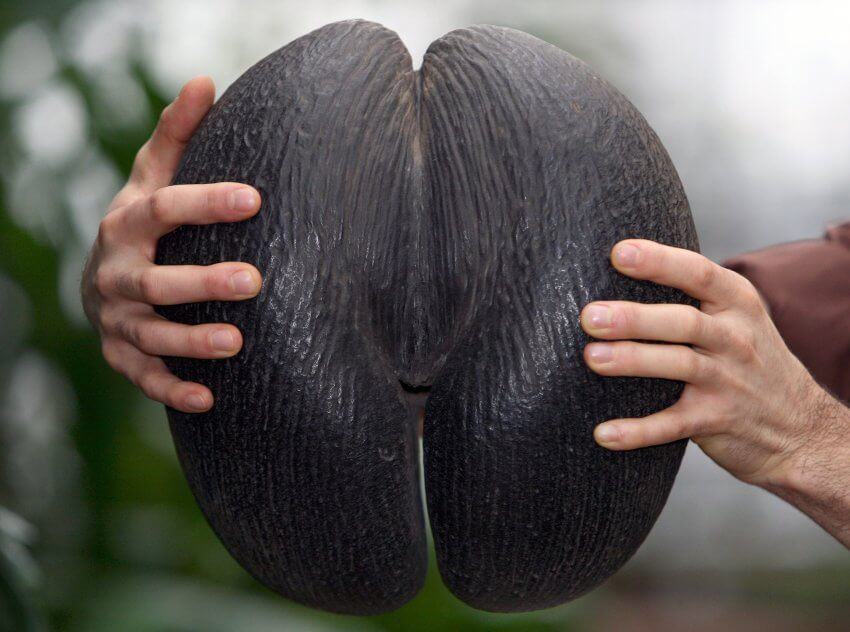
Coco de Mer Palms are perhaps the most famous feature of Vallée de Mai. These are the world’s largest seed palms, endemic to the Seychelles. With its unique and distinctive shape, the coco de mer is a symbol of the Seychelles.
It was once believed to grow in the depths of the sea as sailors and pirates would find them floating in the Indian Ocean. The trees can grow up to 30 metres high, with leaves as large as 4.5 metres long!
Another fun fact: The coco de mer palm has a unique relationship with some of the endemic species, such as the black parrot, which plays a role in the palm’s pollination.
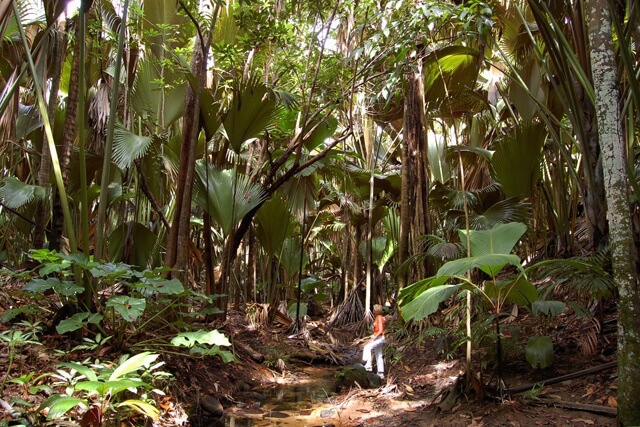
Credit: Gerard Larose
When to visit Vallée of Mai?
The best time to visit Vallée de Mai in Seychelles is during the months of April, May, October, and November. These months mark the transition periods between the windy seasons and typically offer more calm and pleasant weather.
During these months, the temperatures are warm but not excessively hot, and there is less rainfall, making the climate ideal for exploring the trails and wildlife viewing.
Additionally, the reduced rainfall makes the paths more accessible and the hiking experience more comfortable.
Where to stay in Seychelles
Constance Lemuria Seychelles is located on Praslin Island, within easy reach of Vallée de Mai. Get the best of both worlds with elegant accommodation, an 18-hole championship golf course, Constance Kids Club facilities as well as world-famous beaches and other natural wonders.
-
Le Morne in Mauritius – A symbol of freedom
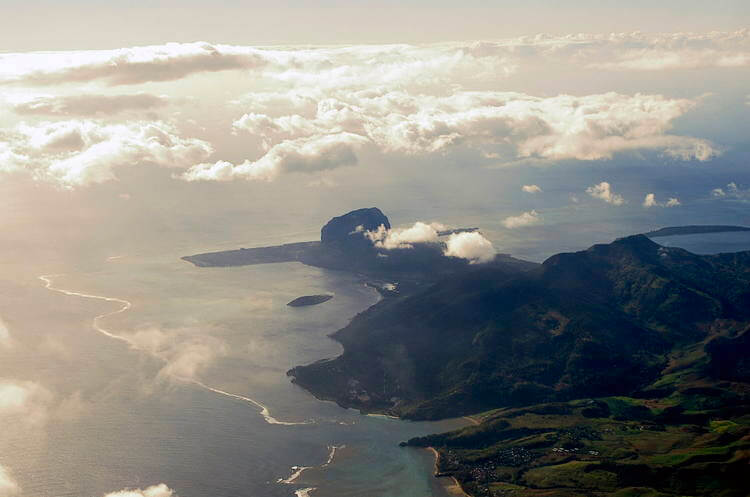
Credit: Charles de Zordo
The Le Morne Brabant Peninsula is located in the south of Mauritius, in the wildest region of this jewel of the Indian Ocean. Dominated by the imposing mountain of the same name, an emblem of the island, it rises to a height of 553 meters.
In 2008, UNESCO declared it a World Heritage Site, not only for its stunning natural beauty and unique shape, but also for its historical significance, as an emblematic place in the fight against slavery.
History of Le Morne
The rugged mountain of Le Morne Cultural Landscape in the southwest of Mauritius was used in the 18th and 19th centuries as a shelter by runaway slaves and maroons. It was a haven, protected by almost inaccessible cliffs. Groups of people created little settlements in the caves and on the summit, forming their own sanctuary.
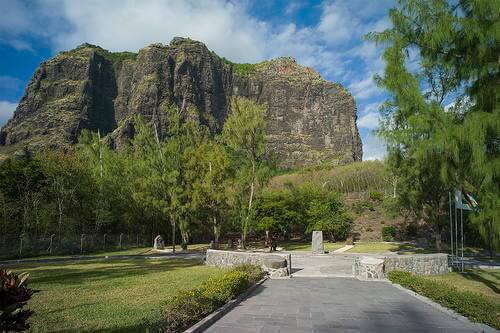
Credit: Vincent Ko Hon Chiu
Le Morne became a symbol of the fight for freedom, and of the slaves’ suffering and sacrifice. Its relevance and significance goes beyond just the island of Mauritius itself, but is important throughout the world and in particular to the many countries where the slaves originated.
Visiting sites of such historical significance can really encourage you to view the world from a different perspective.
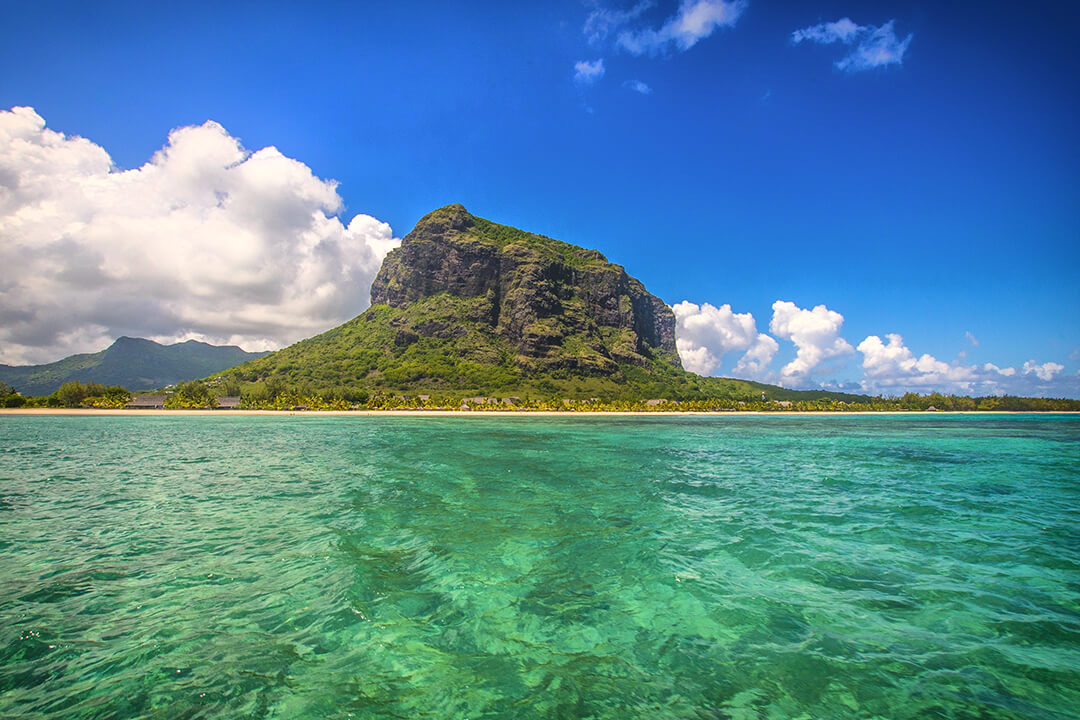
Credit: Atlas & Boots
You can’t help but be moved by a trip to Le Morne. Not only is the hike up Le Morne Brabant is incredibly beautiful, with a reward of jaw dropping views at the top of the island and the surrounding ocean, but its poignant past lives on.
The beaches around Le Morne are some of the most beautiful in Mauritius, with crystal clear waters and soft white sand. They’re perfect for swimming, sunbathing, or just relaxing and enjoying the scenery.
When to visit Le Morne?
The ideal time to visit Le Morne in Mauritius is typically during the months of May to December. This period encompasses the cooler, drier winter season in Mauritius, offering comfortable temperatures and lower humidity levels. This makes it ideal for outdoor activities like hiking Le Morne Brabant, kitesurfing, and beach activities.
Where to stay in Mauritius?
Constance Prince Maurice or Constance Belle Mare Plage Mauritius – from both hotels you can explore all that the beautiful island of Mauritius has to offer, from white sand beaches to historically and culturally significant sites.
-
Rainforests of the Atsinanana – Incredible biodiversity in Madagascar
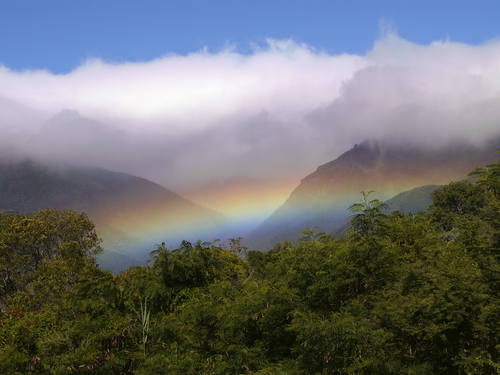
Credit: Our Place
The Rainforests of the Atsinanana were inscribed as a UNESCO Word Heritage Site in 2007. They are comprised of six national parks, the remaining areas of the lush rainforests that once covered the majority of the eastern half of Madagascar.
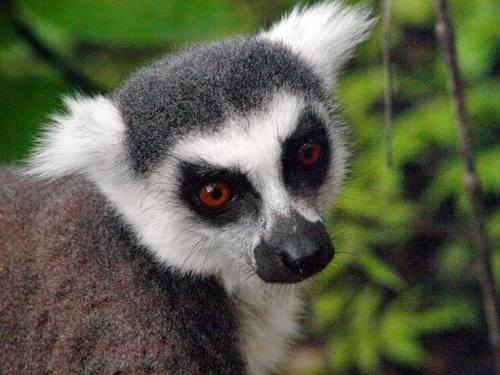
Credit: Our Place
Madagascar has phenomenal biodiversity – its flora and fauna have evolved in isolation since its separation from other land masses over 60 million years ago. This means that 97% of the species found in Madagascar’s rainforests are found nowhere else! The conservation of the rainforests is critically important for the survival of these unique species.
When to visit the Rainforests of the Atsinanana
The best time to visit the Rainforests of the Atsinanana is during the dry season, which typically runs from May to October. During these months, the weather is more favorable for exploring the rainforests, as there is less rainfall and the trails are generally drier and more accessible.
Where to stay in Madagascar
Constance Tsarabanjina Madagascar – an all-inclusive barefoot island paradise where castaway meets luxury. From here you can discover all the natural wonders of this incredible corner of the world.
UNESCO World Heritage aims to preserve and promote important sites to be enjoyed for generations to come. Add more intrigue, excitement and emotion to your travels by visiting places rich in culture and history. The world never ceases to amaze, what are you waiting for?!
—
Have you visited any of UNESCO’s World Heritage Sites? Let us know in the comments!
Featured image credit: Dreamstime

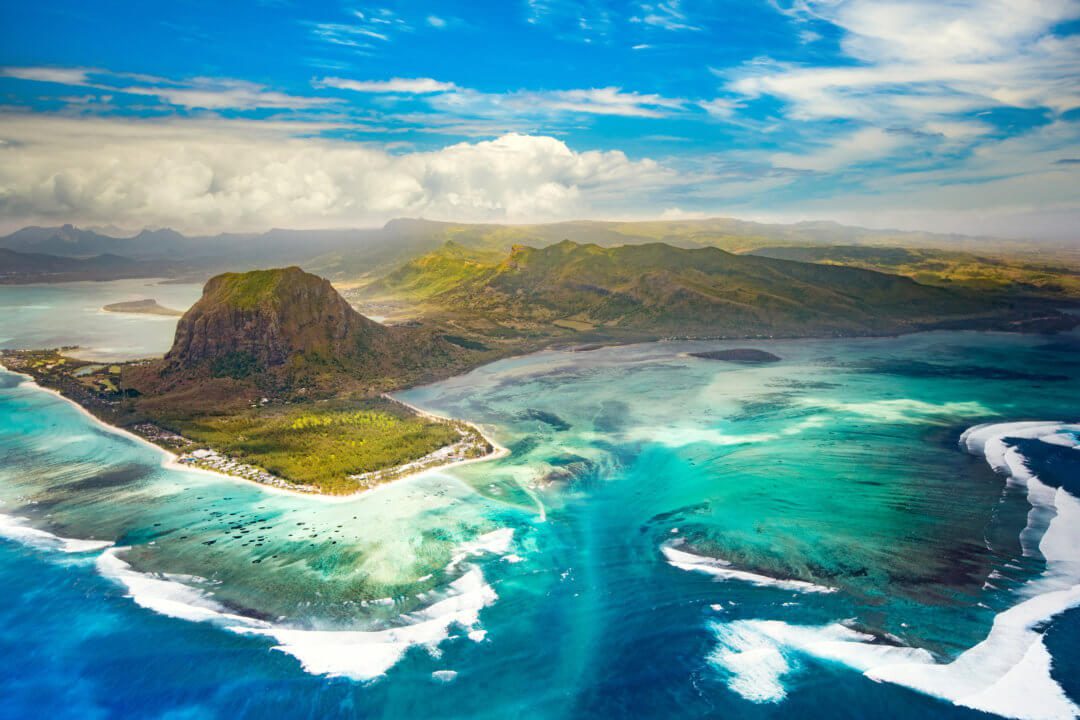

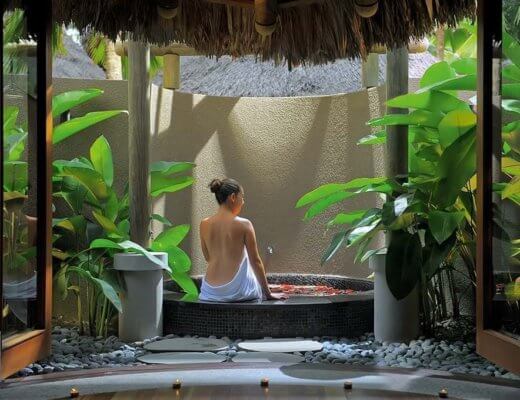
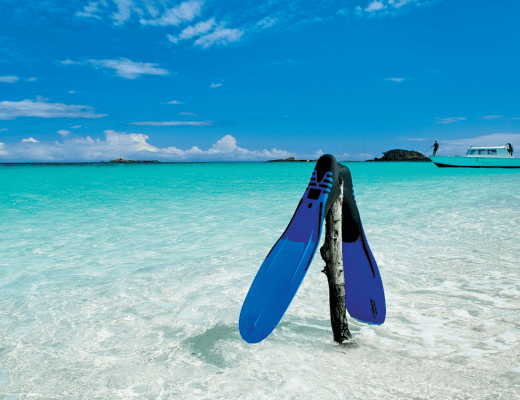
2 Comments
John
March 1, 2018 at 8:31 amNice article!! I’ve been in two… Looking forward to visiting the other two!!
Constance Hotels & Resorts
March 9, 2018 at 1:52 pmThat’s fantastic, John! Which two have you visited so far?